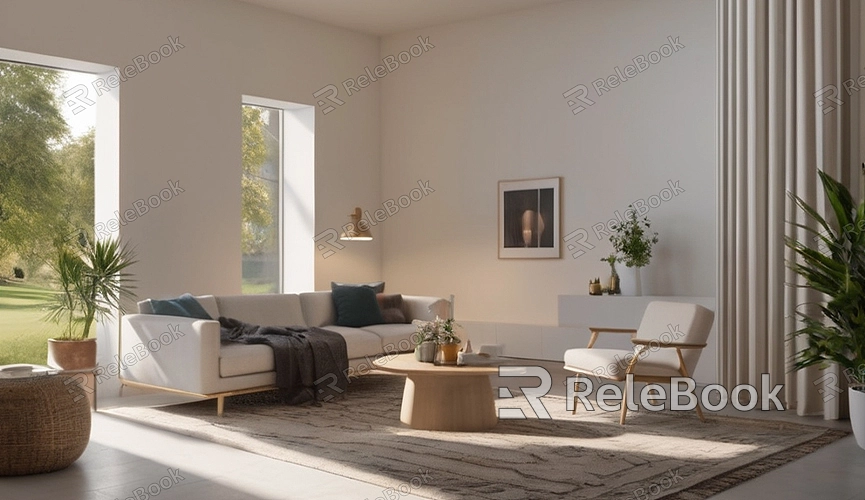How to render on blender with renderman
RenderMan, developed by Pixar Animation Studios, is a powerful rendering engine known for its high-quality results and advanced features. While RenderMan is often associated with Pixar’s animation and film production, it can also be integrated with Blender to elevate your 3D projects with superior visual effects. This guide will explain how to use RenderMan for rendering in Blender and provide practical tips to help you achieve the best results.
Introduction to RenderMan
RenderMan is a leading rendering engine used extensively in animated films, visual effects, and high-end game development. Known for its high-quality ray tracing and rendering technology, RenderMan can produce highly realistic images. While Blender comes with its own robust rendering engines, such as Cycles and Eevee, integrating RenderMan can further enhance the quality and effects of your renders.

Installing the RenderMan Plugin
To use RenderMan in Blender, you first need to install the RenderMan plugin. Here’s how:
1. Download RenderMan: Visit the RenderMan official website to download the RenderMan plugin for Blender. Before installing the plugin, ensure that you have RenderMan Render Engine installed.
2. Install the Plugin: Open Blender and go to “Edit” > “Preferences” > “Add-ons.” Click on the “Install...” button and select the RenderMan plugin file you downloaded, then click “Install Add-on.” Once installed, make sure to enable the plugin.
3. Configure RenderMan: After installing the plugin, you’ll need to perform some basic configuration. Go to the “Render Properties” panel and select RenderMan as the rendering engine. Adjust the RenderMan settings to ensure compatibility with Blender.
Creating and Setting Up the Scene
When setting up scenes and objects in Blender for RenderMan, there are specific considerations to keep in mind:
- Material Setup: RenderMan has its own material system. In Blender, use RenderMan’s material nodes to create and adjust materials. Ensure that the material settings are compatible with RenderMan to achieve the best results.
- Lighting Adjustments: RenderMan provides detailed control over lighting. When setting up lights, use RenderMan’s light types and parameters to achieve the desired effect. You can choose from point lights, directional lights, or area lights.
- Environment Settings: Setting up environmental lighting and backgrounds is also crucial. RenderMan supports various environmental lighting setups, including HDRI environments. You can import HDRI images in Blender and apply them to RenderMan’s environment settings.
Rendering Settings
When rendering with RenderMan in Blender, you need to configure several settings to ensure that the render meets your expectations:
- Resolution and Image Settings: In the “Render Properties” panel, set the resolution and output format for the render. RenderMan supports various output formats; choose the one that best suits your needs.
- Ray Tracing Settings: RenderMan’s ray tracing settings control the quality and detail of the render. Adjust ray tracing parameters such as reflections, refractions, and shadows to optimize the render.
- Rendering Optimization: Depending on your project requirements, adjust RenderMan’s optimization settings. This includes sample rates, noise reduction settings, and other render parameters to enhance speed and quality.
Rendering and Post-Processing

After configuring all settings, you can begin rendering your scene:
- Start Rendering: Click the “Render” button to begin rendering. RenderMan will generate the final image based on the settings you’ve configured. The rendering time may vary depending on the complexity of the scene.
- Post-Processing: Once rendering is complete, use Blender’s post-processing features to further adjust the image. This may include color correction, brightness adjustments, and other image editing tasks.
Common Issues and Solutions
You may encounter some common issues while using RenderMan:
- Plugin Incompatibility: If you encounter problems during the installation or use of the RenderMan plugin, ensure that the plugin version is compatible with your Blender version. Check RenderMan’s support forums or official website for updates and solutions.
- Suboptimal Render Results: If the rendering results do not meet your expectations, check the material settings, lighting parameters, and render settings. Adjust these settings and perform test renders to find the best outcome.
Using RenderMan for rendering in Blender can significantly enhance the visual quality of your 3D projects. By properly installing the plugin, setting up your scene, and adjusting rendering parameters, you can leverage RenderMan’s powerful capabilities to achieve high-quality images. If you need high-quality 3D textures and HDRIs for your models and virtual scenes, you can download them for free from [Relebook’s texture site](https://textures.relebook.com/). For exquisite 3D models, visit [Relebook’s model site](https://3dmodels.relebook.com/), where Relebook offers a wide range of premium 3D resources. We hope this guide helps you successfully complete RenderMan rendering in Blender and achieve stunning effects in your projects.

